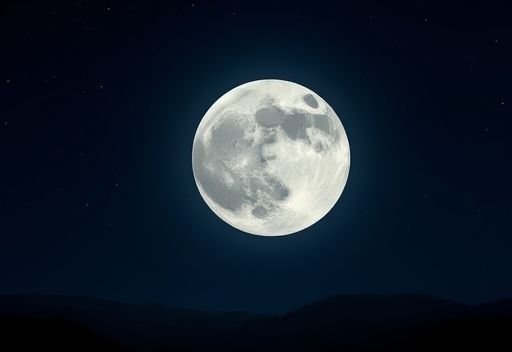Historic Discovery: Water Found on the Sunlit Surface of the Moon
In a groundbreaking revelation that alters our understanding of the lunar environment, NASA scientists have announced the discovery of water molecules on the sunlit surface of the moon.
Discovery Made by NASA’s SOFIA Observatory
Scientists from NASA used the Stratospheric Observatory for Infrared Astronomy (SOFIA), a Boeing 747SP jetliner equipped with a 106-inch diameter telescope, to detect water molecules in Clavius Crater, one of the largest craters visible from Earth on the Moon’s surface.
Implications for Future Lunar Missions
The discovery is of immense significance for future lunar missions. “This discovery challenges our understanding of the lunar surface and raises intriguing questions about resources relevant for deep space exploration,” said Paul Hertz, director of the Astrophysics Division in the Science Mission Directorate at NASA Headquarters in Washington.
Water in the Form of Ice
Previous observations of the moon’s surface detected some form of hydrogen, but were unable to distinguish between water and its close chemical relative, hydroxyl (OH). The data from this discovery clearly indicates it is water, although it is not yet known whether it is accessible for use as a resource. The water is believed to be trapped in about a cubic meter of lunar soil spread across the lunar surface in the form of ice.
Contradicting Previous Beliefs
The discovery contradicts the longstanding belief that the moon was arid and devoid of water. It was previously thought that any water present on the surface of the moon would quickly be lost to space. However, this new finding suggests that water may be distributed across the lunar surface, and not limited to the cold, shadowy regions as previously thought.
A Step Forward in Space Exploration
The detection of water on the sunlit surface of the moon is a significant step forward in our understanding of the lunar environment, and it could potentially open up new possibilities for space exploration. “This discovery has significant implications for NASA’s Artemis program, which aims to land the first woman and the next man on the moon by 2024,” said Jacob Bleacher, chief exploration scientist for NASA’s Human Exploration and Operations Mission Directorate. “Water is a critical resource for long-term, sustainable lunar exploration, and we’ll definitely be incorporating these exciting discoveries into our future plans.”
Continuing Investigations
NASA plans to send the Volatiles Investigating Polar Exploration Rover (VIPER) to the lunar south pole in 2022 to further explore the water and other resources in the moon’s soil. The results could help researchers understand how the presence of water evolved on the moon and its potential as a resource for future space missions.
